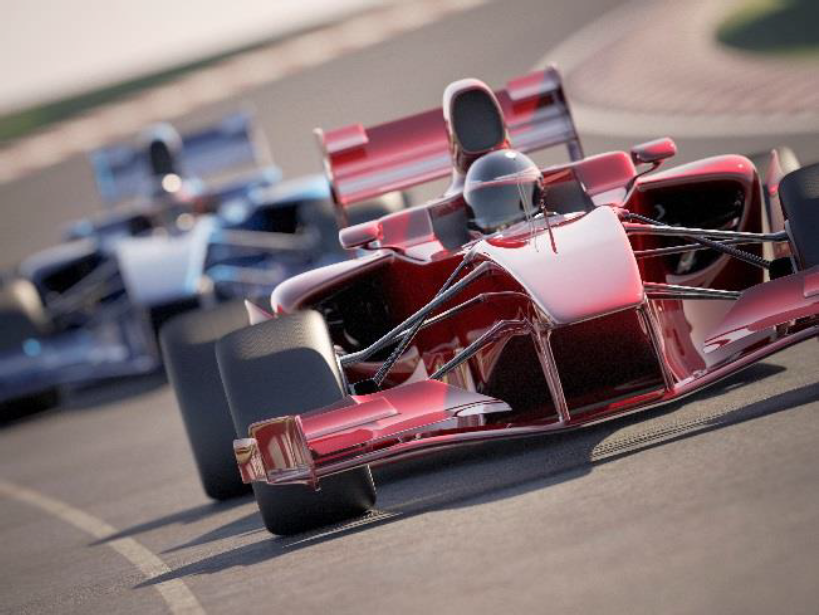
Race car aerodynamic optimisation continues to become more important in the search for performance advantage. A major part of a team’s budget is invested in enhancing and improving the aerodynamic performance of the car and a large team of aerodynamic specialists and facilities are employed in achieving this. Aerodynamic efficiency is a major contributor to a winning car. It is often said that a reduction in drag is less costly and easier to achieve than a weight reduction or a power increase. It is paradoxically challenging for the engineer to attain huge levels of downforce to enhance cornering performance without compromising car forward speed by increasing drag. Stringent regulations governing car shapes and sizes leaves the aerodynamicist considering every part in order to reduce drag and gain competitive advantage. Front and rear aerofoils, or wings, together with the bodywork surface push the car down to the road surface. Under the car, complex venturi shapes increase air velocity, creating a low-pressure “suction” effect, with minimal cost of drag. Winglets and other devices are fitted, in addition to the front and rear wings, to condition the flow for downstream aerodynamics, or directly generate downforce effects themselves.










Experts speculate over cause of Iberian power outages
The EU and UK will be moving towards using Grid Forming inverters with Energy Storage that has an inherent ability to act as a source of Infinite...